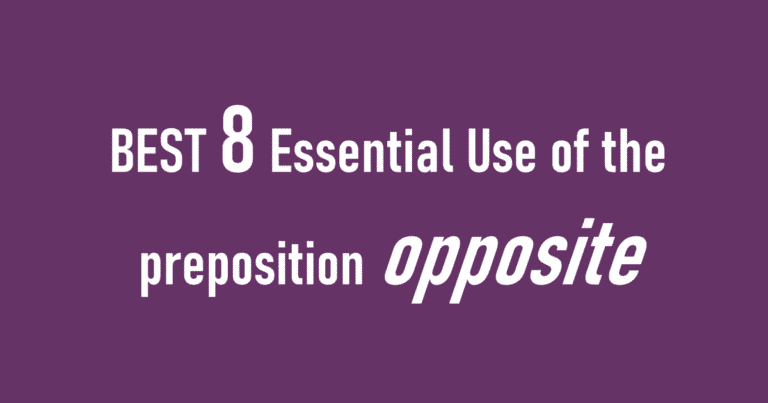The Use of “May” in English: Understanding Its Nuances Through Examples
The English language is a rich and intricate system. It is composed of diverse grammatical structures, varied vocabulary, and contextual meanings that reflect subtle intentions and nuances in communication. Among its versatile terms, “may” stands out. This word serves multiple functions, from granting permission to expressing possibility. In this blog post, we will explore key contexts in which “may” is commonly used, such as permissions, possibilities, and polite suggestions, with examples to deepen our understanding of its practical applications.
1. Expressing Permission
One of the most common usages of “may” is to express permission. In formal or professional settings, the term offers a courteous way to grant or seek approval for an action. For example, “May I leave the meeting early?” demonstrates how one might politely seek permission in a professional setting.
Examples:
- Formal Request: “May I leave the room, please?”
In this context, the speaker is politely asking for permission.
- Granting Permission: “You may proceed with your presentation.”
Here, the speaker is giving someone authorized consent to continue.
It is worth noting that the use of “may” in expressing permission tends to carry a formal air, making it particularly suitable for academic, professional, or legal contexts. Informally, alternatives such as “can” might be more commonly used, but “may” provides a tone of respect and decorum.
2. Indicating Possibility
In addition to permission, “may” is frequently used to denote possibility or likelihood. When employed in this sense, “may” suggests that an event could occur, but it is not guaranteed.
Examples:
- Future Possibility: “It may rain tomorrow.”
This statement conveys that rain is a possibility, but it is not certain.
- Conditional Situations: “If you study hard, you may pass the exam.”
In this case, there is a likelihood of passing the exam contingent upon the action of studying.
Using “may” in the context of possibility is instrumental in discussions involving speculation or hypothetical scenarios. It conveys a sense of openness to various outcomes, which can be useful in decision-making processes, discussions surrounding future events, or even during brainstorming sessions. This flexibility makes “may” particularly suitable for speculative or hypothetical discussions because it allows for proposing ideas or outcomes without committing to certainty. For instance, in decision-making processes, one might say, “We may consider expanding our operations next quarter,” which leaves room for discussion and exploration while presenting a potential course of action.
3. Offering Suggestions
Another noteworthy application of “may” is in the context of suggestions or recommendations. While it carries a strong implication of politeness, it allows the speaker to offer advice without imposing.
Examples:
- Recommendation: “You may consider taking a vacation to refresh your mind.”
In this case, the speaker is suggesting an idea in a non-obtrusive manner.
- Gentle advice: “If you’re looking to improve your health, you may want to eat more fruits and vegetables.”
This formulation allows for the offering of advice while respecting the autonomy of the listener.
Using “may” in this way instills a supportive tone, fostering a collaborative atmosphere that is essential in both personal relationships and professional collaborations.
4. The Formal Context: Legal and Academic Usage
In legal and academic contexts, “may” serves a specific function, often indicating a choice or an allowance rather than a definitive requirement. This use enshrines flexibility while still conveying a degree of authority. Unlike “must,” which imposes an obligation, or “shall,” which denotes a strict directive, “may” allows for discretion, underscoring its unique role in these settings.
Examples:
- Legal Text: “Clients may choose to appeal the decision.”
This implies that the option of appealing is available to clients but does not require them to do so.
- Academic Guidelines: “Students may submit their assignments by email or in person.”
Once again, choice is emphasized, providing clarity on the available options.
In these cases, “may” plays a crucial role in articulating the rights and options available to involved parties, making it a key term in contractual or formalized documents.
5. The Difference Between “May” and “Might”
To deepen our understanding of “may,” it is essential to distinguish it from “might,” which is often used interchangeably yet carries different connotations regarding possibility.
Examples:
- Using “May”: “He may join us for dinner.”
This indicates a reasonable possibility.
- Using “Might”: “He might join us for dinner.”
Here, the possibility seems a bit more tentative or uncertain.
“May” often suggests a stronger likelihood of occurrence compared to “might,” which usually conveys a lesser degree of certainty. For instance, in the context of weather forecasting, saying “It may rain tomorrow” implies a higher probability of rain than “It might rain tomorrow.” Thus, the choice between these two terms can significantly alter the interpretation of a statement.
Conclusion
In summary, the word “may” is a multifaceted component of the English language that serves various important functions, from expressing permission and indicating possibility to offering recommendations and framing legal language. Understanding its nuanced use enhances our communication skills, enabling us to articulate intentions and convey messages more effectively.
By incorporating “may” appropriately into our vocabulary, we pave the way for clearer dialogue, fostering respect and understanding in both personal interactions and professional discourse. As language continues to evolve, mastering the subtlety of terms like “may” will remain essential for anyone seeking to refine their verbal and written expression.



